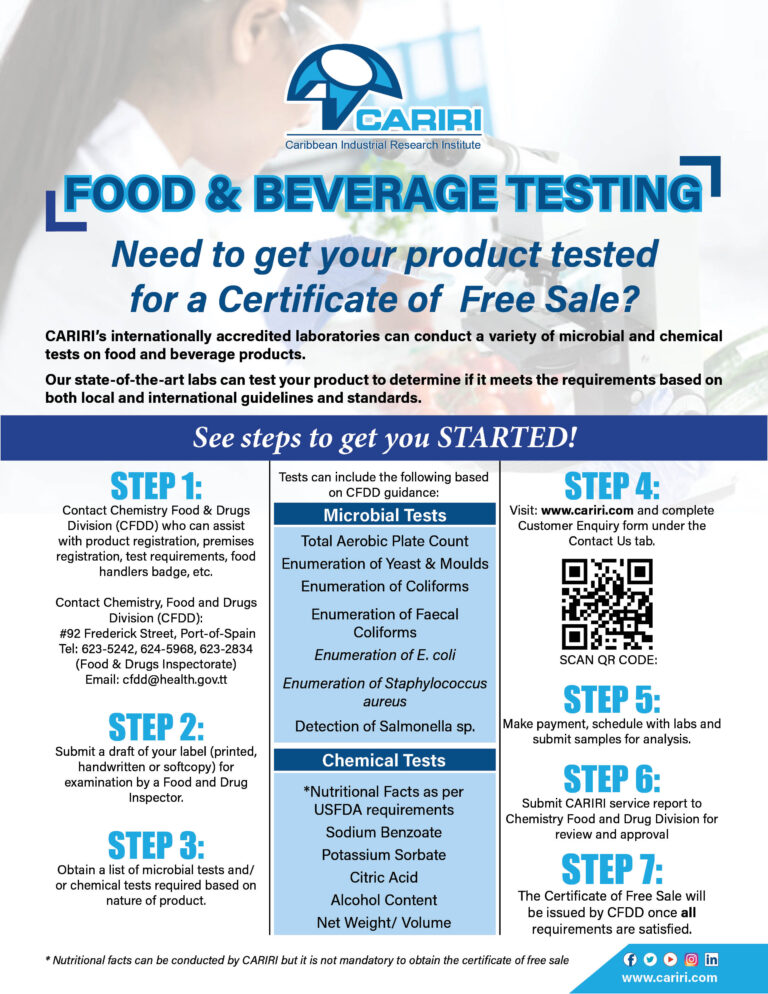Congratulations to the Eighteen (18) Grant Award recipients of the Shaping the Future of Innovation: Third Call for Proposals
Innovation was the theme of the night as CARIRI alongside the project partners the Government of the Republic of Trinidad and Tobago, through the Ministry of Planning and Development, the European Union in Trinidad and Tobago, Inter-American Development Bank (IDB Lab) and the CARIRI – The Caribbean Industrial Research Institute…










